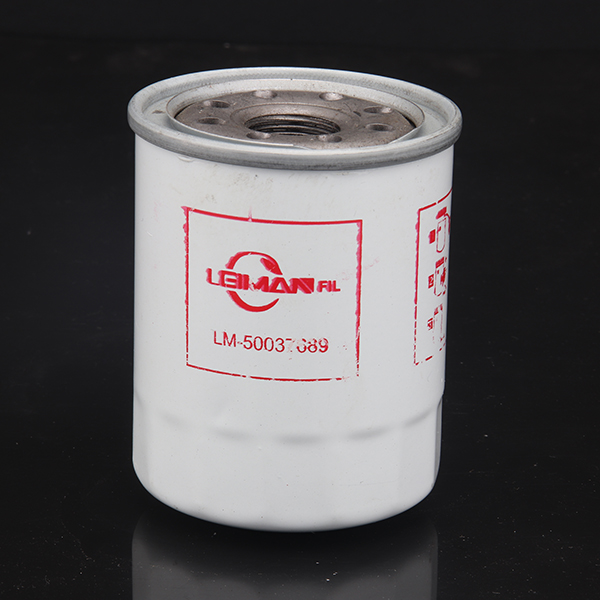11 月 . 25, 2024 20:44 Back to list
hepa filter material
Understanding HEPA Filter Material A Key to Clean Air
In a world increasingly concerned with air quality, HEPA filters have emerged as a vital technology for ensuring cleaner and safer environments. HEPA, which stands for High-Efficiency Particulate Air, refers to a specific type of air filter that can trap a significant amount of very small particles. To grasp the importance and functionality of HEPA filters, we need to dive into the material that makes them so effective.
HEPA filter material is primarily composed of fibrous glass or synthetic fibers, arranged in a dense mat. The fibers are typically pleated to increase the surface area, allowing more air to pass through while capturing pollutants. This material structure is crucial because it utilizes a combination of three mechanisms for particle capture inertial impaction, interception, and diffusion. Each of these mechanisms plays a role in how particles interact with the fibers, ultimately leading to efficient air filtration.
1. Inertial Impaction When air containing particles moves through a HEPA filter, larger particles have difficulty following the airstream due to their inertia. As a result, they collide with the fibers and get trapped. This mechanism is particularly effective for larger particles, such as dust and pollen.
Understanding HEPA Filter Material A Key to Clean Air
3. Diffusion For ultra-fine particles, which are affected by Brownian motion, diffusion becomes the primary mechanism of capture. These tiny particles are less influenced by air movements and tend to collide randomly with the fibers, increasing the likelihood of being captured.
hepa filter material

The effectiveness of HEPA filters is quantified through their efficiency ratings. In the United States, to qualify as a HEPA filter, it must capture at least 99.97% of particles that are 0.3 micrometers in diameter. This is considered the most penetrating particle size (MPPS) and is critical because many harmful pollutants, including smoke, pet dander, and even some viruses, fall within this size range.
Another noteworthy aspect of HEPA filter material is its resistance to degradation and its ability to maintain efficiency over time. Unlike some other air filter materials that can lose their filtering capabilities when damp or dirty, HEPA materials can endure a certain level of contamination without significant loss of performance. However, they are not designed to be washed or reused, as doing so can damage the fibers and reduce their effectiveness.
In various environments—from hospitals and cleanrooms to homes and offices—using HEPA filters can significantly improve air quality. In medical settings, they can trap airborne pathogens, reducing the risk of infections. In residential spaces, they help alleviate allergies by capturing allergens that might otherwise circulate in the air. Consequently, HEPA filters are often essential in air purifiers, HVAC systems, and vacuum cleaners.
It is essential to note that while HEPA filters excel at trapping particulate matter, they do not remove gases and odors, which may require additional filtration methods such as activated carbon or other complementary technologies.
In conclusion, HEPA filter material plays a crucial role in the ongoing battle for cleaner air. Understanding its composition and functionality helps consumers make informed choices about air quality solutions. As our awareness of environmental health continues to grow, the demand for effective air filtration solutions—centered around the innovative HEPA technology—will undoubtedly follow suit. By prioritizing the use of HEPA filters, we can contribute to healthier indoor environments and, ultimately, a healthier planet.
-
High-Efficiency Active Carbon Air Filter for Air Purifier | Odor & Allergen Removal
NewsJul.23,2025
-
Active Carbon Air Filter for Air Purifier – High Efficiency Filtration Solution
NewsJul.22,2025
-
Durable Sintered Porous Metal Filter Tube Cup & Machines
NewsJul.22,2025
-
Effective Active Carbon Air Filter for Purifiers | Eliminate Odors
NewsJul.21,2025
-
PLJT-250-25 Full-auto Turntable Clipping Machine | Efficient Automation
NewsJul.20,2025
-
Cheap PLJY109-500 Full-Auto HDAF Expanded Mesh Spiral Coiling Machine - High Efficiency & Quality Manufacturer
NewsJul.08,2025
